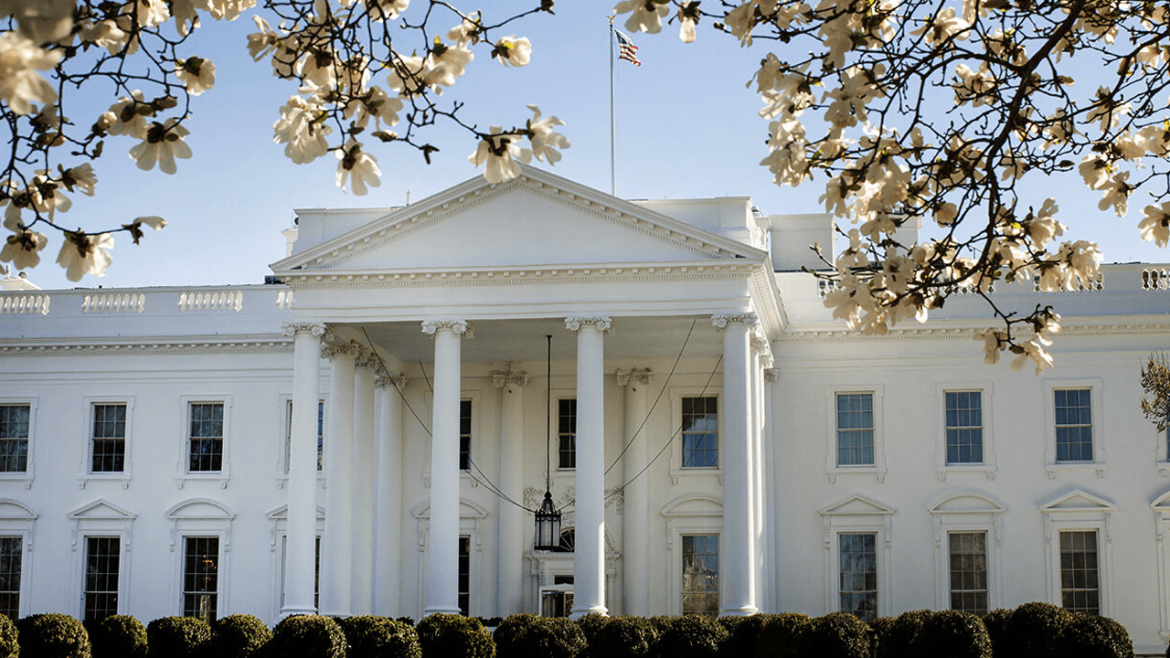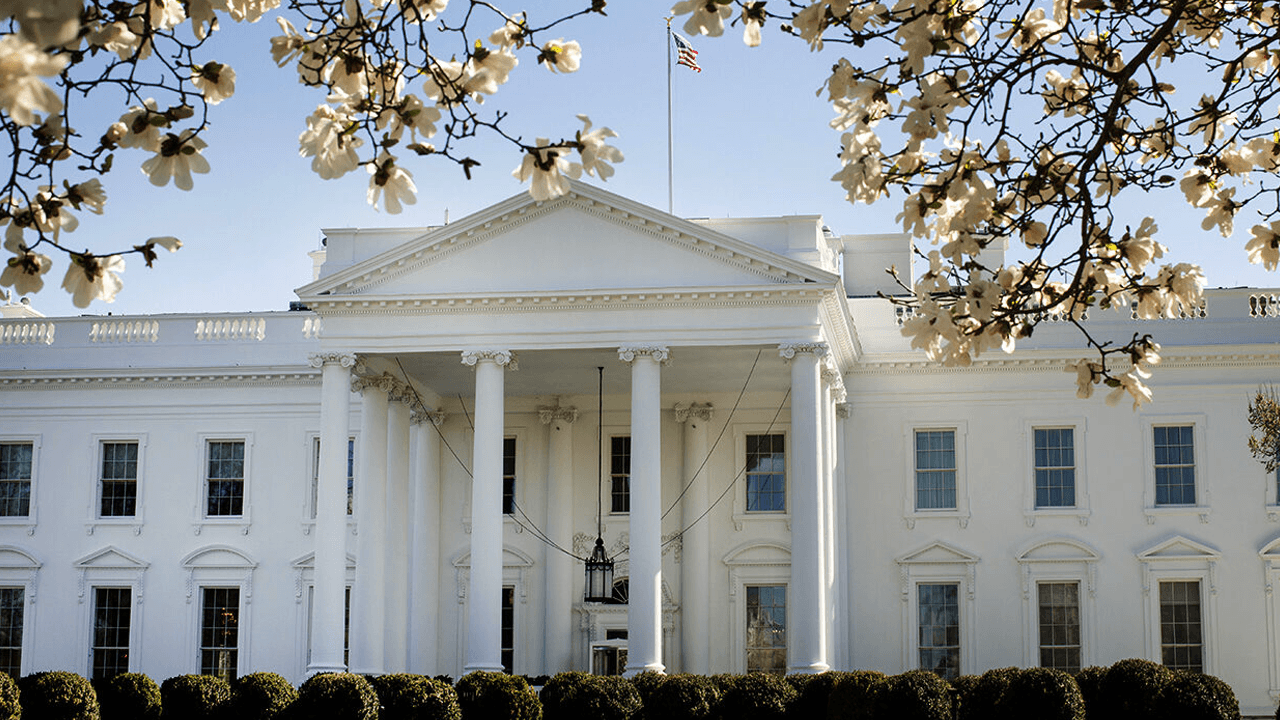The Trump 2.0 Crypto Revolution: A New Era for Digital Assets
Introduction: A Seismic Shift in the Crypto Landscape
The year 2025 has brought about a profound transformation in the digital asset landscape, driven by the return of former President Donald Trump to the White House. This shift is characterized by an unprecedented focus on cryptocurrency and blockchain technology, marked by the release of the administration’s first major crypto policy report and a series of executive orders. These developments are reshaping market structures, igniting debates, and presenting both opportunities and challenges for the crypto industry.
The White House Crypto Policy Report: A Blueprint for the Future
The White House crypto policy report, released on July 22nd, represents a significant milestone in the evolution of U.S. crypto policy. Crafted by a special Working Group comprising the Treasury, the Department of Justice (DOJ), and other federal agencies, the report offers recommendations on laws and regulations intended to guide the U.S. approach to digital assets. The core focus is on establishing a clear federal framework for digital assets, addressing crucial aspects such as market structure, oversight, consumer protection, and risk management.
One of the report’s key areas of focus is stablecoins, aiming to provide regulatory clarity and ensure their stability. This is a critical step, as stablecoins have become a significant part of the crypto ecosystem, often serving as a bridge between traditional finance and digital assets. The report also lays the groundwork for the creation of a national digital asset reserve, signaling a strategic move by the U.S. to embrace and leverage the potential of cryptocurrencies. Furthermore, the report emphasizes the importance of providing crypto companies with fair access to banking services, a move aimed at fostering innovation and growth within the industry.
The GENIUS Act: A Landmark Legal Framework
President Trump’s signing of the GENIUS Act into law marks another pivotal moment in the administration’s approach to cryptocurrency. While the Act has been celebrated by investors for its potential to provide a more defined regulatory landscape, it has also faced scrutiny from critics who warn of potential crises. The specifics of the Act likely involve legal classifications and guidelines for digital assets, intending to provide a more defined regulatory landscape.
The GENIUS Act is expected to address several key areas, including the legal classification of digital assets, guidelines for initial coin offerings (ICOs), and the regulation of crypto exchanges. By providing a clear legal framework, the Act aims to reduce uncertainty and foster a more stable environment for crypto businesses and investors. However, the Act’s implementation will be closely watched, as any missteps could lead to unintended consequences, such as stifling innovation or creating loopholes for illicit activities.
Executive Orders: Shaping the Crypto Ecosystem
The Trump administration has been proactive in utilizing executive orders to shape the crypto ecosystem. One of the most significant executive orders is the establishment of a Bitcoin Strategic Reserve, demonstrating a commitment to incorporating Bitcoin into the nation’s financial strategy. This move is seen as a strategic effort to position the U.S. as a leader in the digital asset space and to hedge against potential risks associated with traditional fiat currencies.
Another significant executive order involves the creation of a digital asset stockpile and a ban on Central Bank Digital Currencies (CBDCs). This order also establishes a working group, headed by “Crypto Czar” David Sacks, tasked with developing regulations and evaluating Bitcoin and other strategic reserves. The move underscores the administration’s belief in the importance of cryptocurrency as a strategic asset and its commitment to fostering a favorable regulatory environment. The directive requires all federal agencies to report their Bitcoin and crypto holdings to the Treasury Secretary, providing a comprehensive overview of the government’s digital asset portfolio.
These executive orders collectively signal a move towards integrating cryptocurrency into the fabric of the U.S. economy and solidifying its position as a leader in the digital asset space. However, the ban on CBDCs has sparked debate, with some arguing that it could limit the U.S.’s ability to compete with other nations that are actively exploring CBDCs as a means of modernizing their financial systems.
Market Structure Shifts: Navigating the New Landscape
The Trump administration’s policies are triggering significant shifts in market structure. The increased regulatory clarity and the establishment of a national digital asset reserve are likely to attract institutional investors, injecting substantial capital into the crypto market. The emphasis on fair access to banking services for crypto companies will further legitimize the industry and facilitate its integration with traditional financial systems.
However, these shifts also present challenges. The closure of a national cryptocurrency enforcement team, as reported in April, raises concerns about potential risks associated with illicit activities within the crypto space. Balancing innovation with regulatory oversight remains a key challenge for the administration. The closure of the enforcement team could be seen as a move to reduce regulatory burdens on the crypto industry, but it also raises questions about the government’s ability to monitor and mitigate risks such as money laundering, fraud, and other illicit activities.
Trump’s Crypto Ventures: A Family Affair?
The Trump family’s increased involvement in crypto projects, from Bitcoin mining to stablecoins, has raised eyebrows and fueled speculation. DT Marks DEFI LLC, reportedly set to receive a substantial allocation of $WLFI tokens, exemplifies this trend. This level of engagement raises questions about potential conflicts of interest and the influence of personal financial gains on policy decisions.
While the Trump family’s ventures could contribute to the growth and adoption of cryptocurrencies, they also warrant careful scrutiny to ensure transparency and prevent any undue influence on regulatory frameworks. The potential for conflicts of interest is a sensitive issue, as it could undermine public trust in the administration’s crypto policies. Ensuring that policy decisions are made in the public interest, rather than for personal gain, will be crucial for maintaining the integrity of the crypto ecosystem.
The Impact on Bitcoin and Altcoins: A Tale of Two Trajectories
The Trump administration’s pro-crypto stance has had a notable impact on the value and perception of various cryptocurrencies. Bitcoin, in particular, has benefited from the increased legitimacy and institutional interest, with some reports indicating a surge to an all-time high of $109,000 following Trump’s inauguration. This surge can be attributed to several factors, including the administration’s pro-Bitcoin policies, the establishment of a Bitcoin Strategic Reserve, and the overall positive sentiment surrounding the crypto market.
Ethereum has also seen gains, potentially fueled by Trump-backed memecoin launches and the overall positive sentiment surrounding the crypto market. The memecoin launch, according to some reports, even boosted Solana and Bitcoin to record highs, illustrating the interconnectedness and volatility of the crypto market. The administration’s support for memecoins, while controversial, has contributed to a broader bullish sentiment in the crypto space.
However, the impact on altcoins has been more mixed. While some altcoins have benefited from the administration’s pro-crypto policies, others have faced challenges due to increased regulatory scrutiny. The administration’s focus on Bitcoin and Ethereum, in particular, has led to concerns about the potential marginalization of smaller altcoins. This has sparked debates about the need for a more balanced approach to crypto regulation, one that fosters innovation across the entire crypto ecosystem.
Criticisms and Concerns: A Divided Landscape
Despite the enthusiasm surrounding the Trump administration’s crypto policies, criticism and concerns remain prevalent. Some critics argue that the rapid adoption of cryptocurrencies without adequate regulatory safeguards could lead to financial instability and increased risks for consumers. The closure of cryptocurrency enforcement teams has also sparked concerns about the potential for increased illicit activities within the crypto space.
The Trump family’s direct involvement in crypto projects has fueled concerns about potential conflicts of interest and the integrity of policy decisions. Ensuring transparency and addressing these concerns will be crucial for maintaining public trust and fostering a sustainable crypto ecosystem. The administration’s approach to crypto regulation has been described as a double-edged sword, offering both opportunities and risks. On one hand, the pro-crypto policies have the potential to unlock unprecedented growth and innovation. On the other hand, the lack of robust regulatory safeguards could lead to unintended consequences, such as market manipulation, fraud, and other illicit activities.
Looking Ahead: The Future of Crypto Under Trump 2.0
The Trump 2.0 administration’s approach to cryptocurrency represents a significant departure from previous administrations. The emphasis on regulatory clarity, the establishment of a national digital asset reserve, and the proactive use of executive orders signal a commitment to integrating crypto into the mainstream financial system. However, the path forward is not without its challenges. Balancing innovation with regulatory oversight, addressing concerns about illicit activities, and ensuring transparency in policy decisions will be crucial for realizing the full potential of cryptocurrencies while mitigating potential risks.
The coming months will be critical in shaping the future of crypto under the Trump administration. The implementation of the White House crypto policy report, the evolution of the GENIUS Act, and the continued development of the Bitcoin Strategic Reserve will provide further clarity on the administration’s long-term vision for the digital asset landscape. The administration’s ability to navigate these challenges will determine whether the Trump 2.0 era will be remembered as a crypto revolution or a risky gamble.
Conclusion: A Crypto Revolution or a Risky Gamble?
The Trump 2.0 era marks a pivotal moment for cryptocurrency. The policies and initiatives undertaken by the administration have the potential to unlock unprecedented growth and innovation within the digital asset space. However, they also carry inherent risks. Whether this era will be remembered as a crypto revolution or a risky gamble remains to be seen. The success of this new course hinges on careful execution, transparent governance, and a commitment to safeguarding the interests of both consumers and the broader financial system.
As the crypto landscape continues to evolve, the Trump administration’s approach will be closely watched by investors, regulators, and policymakers around the world. The administration’s ability to strike a balance between fostering innovation and ensuring consumer protection will be crucial in determining the long-term success of its crypto policies. Ultimately, the Trump 2.0 crypto revolution will be judged not just by its immediate impact on the crypto market, but by its ability to create a sustainable and resilient digital asset ecosystem that benefits all stakeholders.





